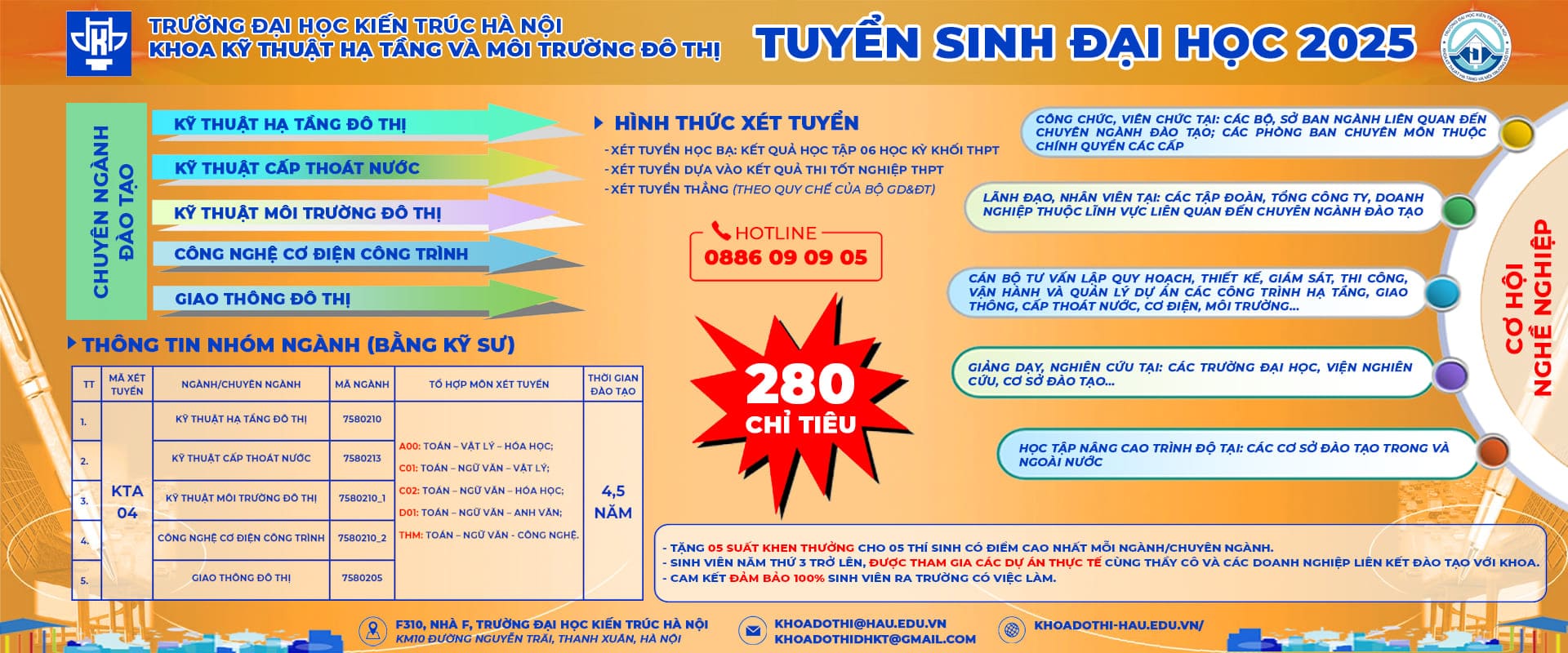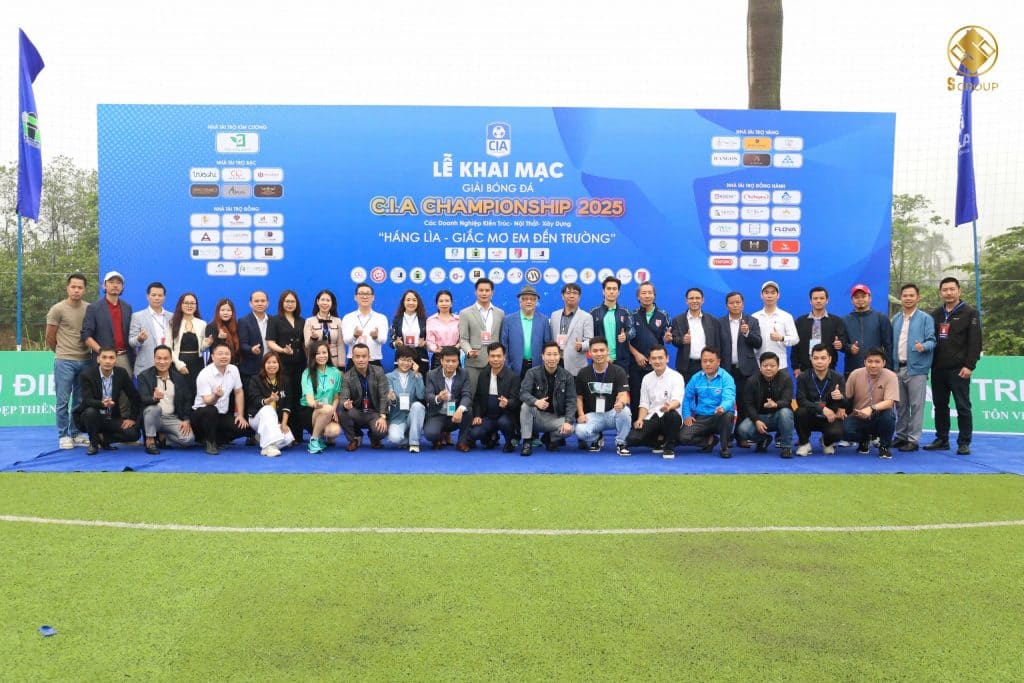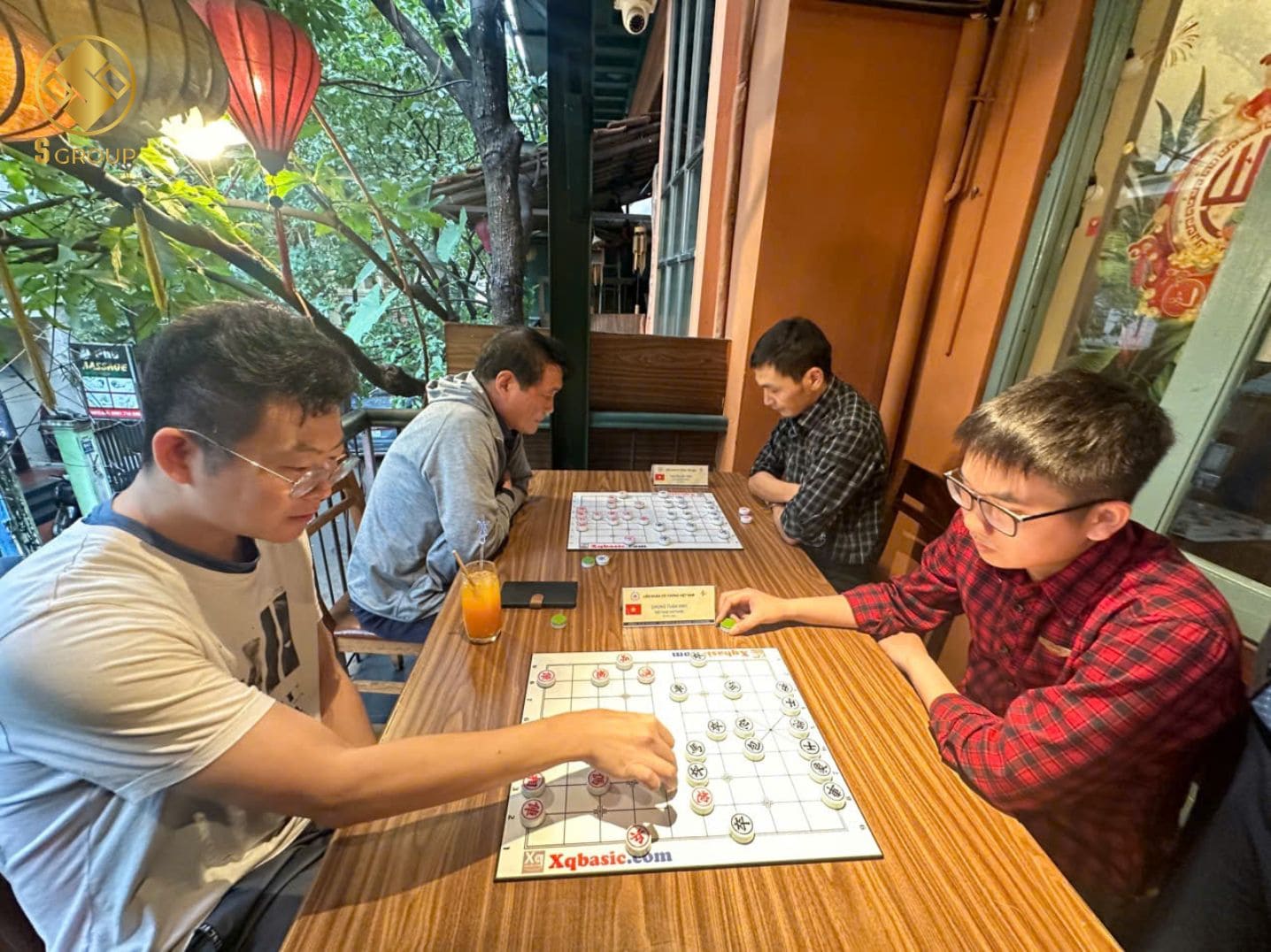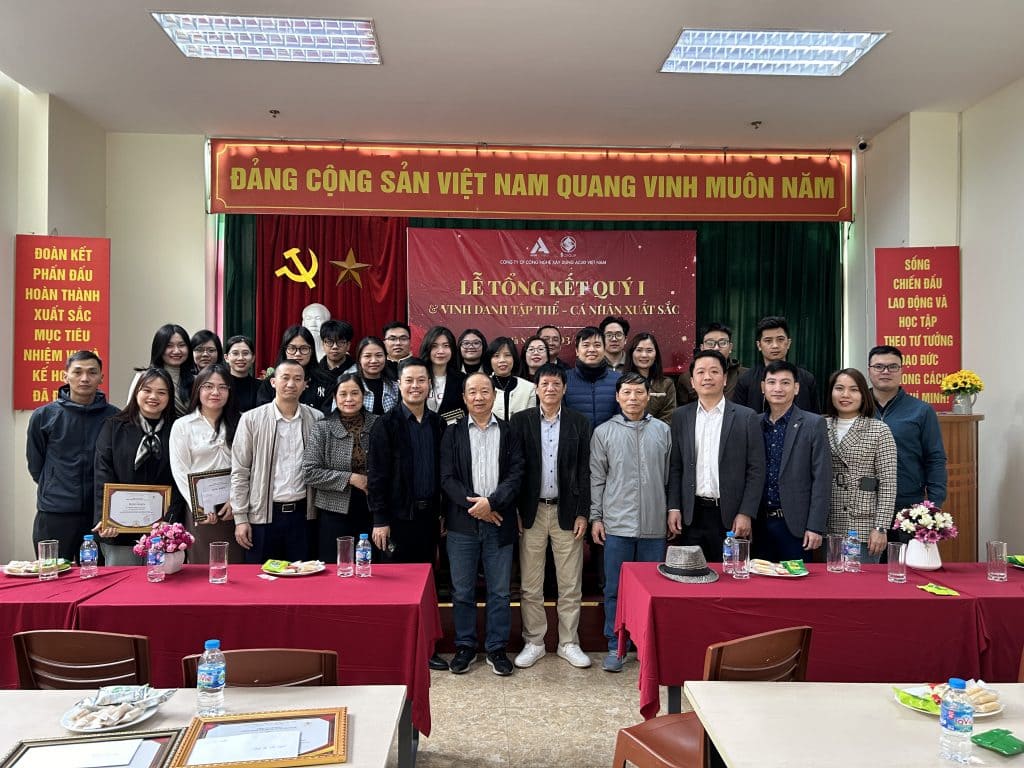On the morning of November 29, the Institute of Urban Research and Infrastructure Development (Vietnam Construction Association) in collaboration with the Hanoi Funeral Service Department organized a seminar titled “Cemeteries and Green Burial – Towards Green and Sustainable Cities”. Representatives of S-Group participated with two presentations on the cemetery planning model for Vietnamese cities towards sustainable development goals and the application of GIS technology in digital transformation and green cemetery management in Vietnam.
Attending the seminar were Associate Professor Dr. Luu Duc Hai – Director of the Institute of Urban Research and Infrastructure Development; Mr. Le Hong Lan – Head of the Hanoi Funeral Service Department; along with delegates, experts, and scientists from the Department of Technical Infrastructure (Ministry of Construction), Vietnam Construction Association, Hanoi University of Architecture, and others.
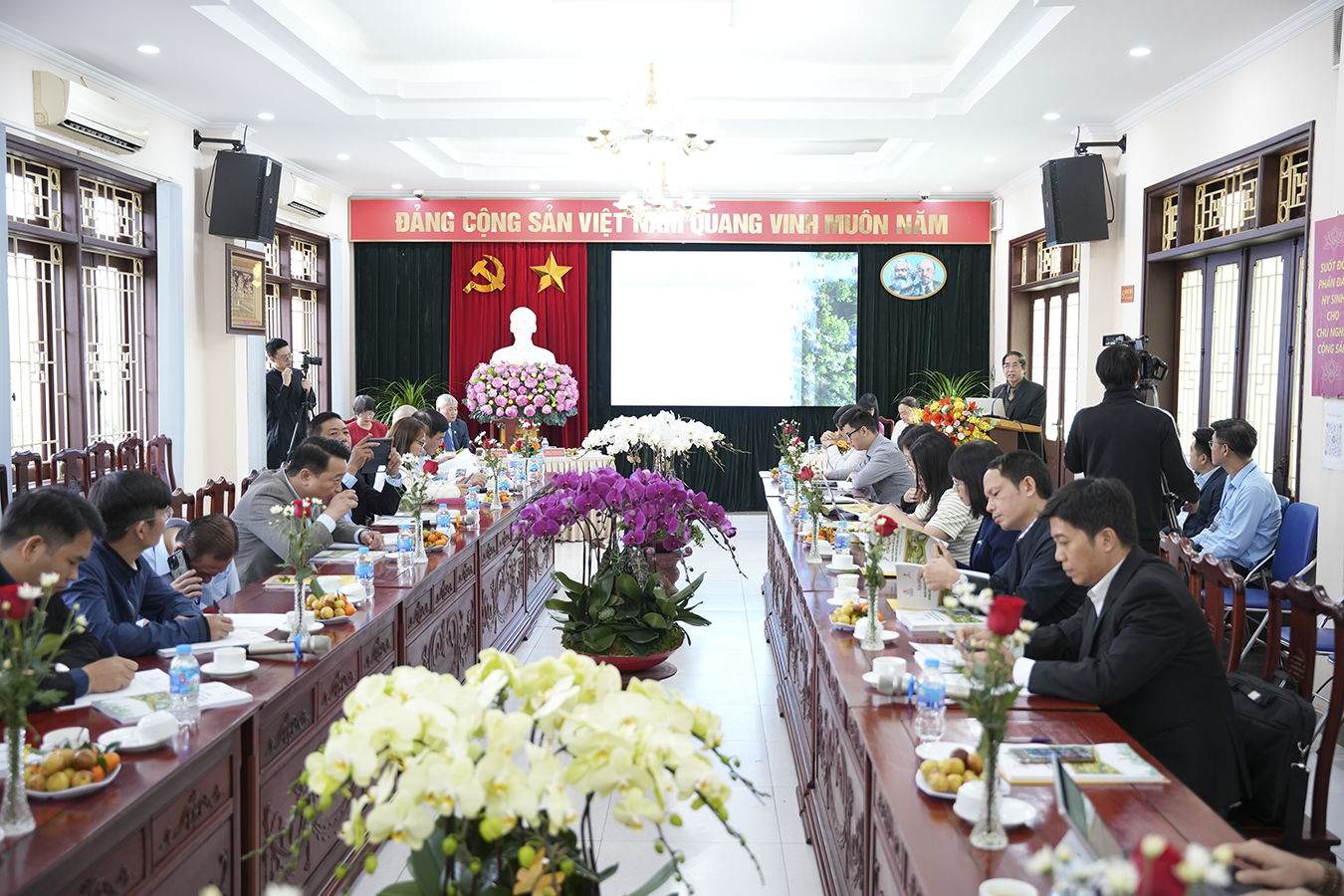
Overview of the Seminar
Cemetery Planning Towards Sustainable Development Goals
The overload and pollution in major cities in Vietnam today highlight the urgent need for the formation and development of green, sustainable cities. In this context, the exploration and application of research on green infrastructure systems need to be given proper attention.
According to Associate Professor Dr. Luu Duc Hai – Director of the Institute of Urban Research and Infrastructure Development, green infrastructure has been discussed by some scientists since the late 20th century and early 21st century. “However, to this day, the components of green infrastructure have not been systematically addressed, and the theoretical system on this issue is still in its early stages,” noted Associate Professor Dr. Luu Duc Hai.
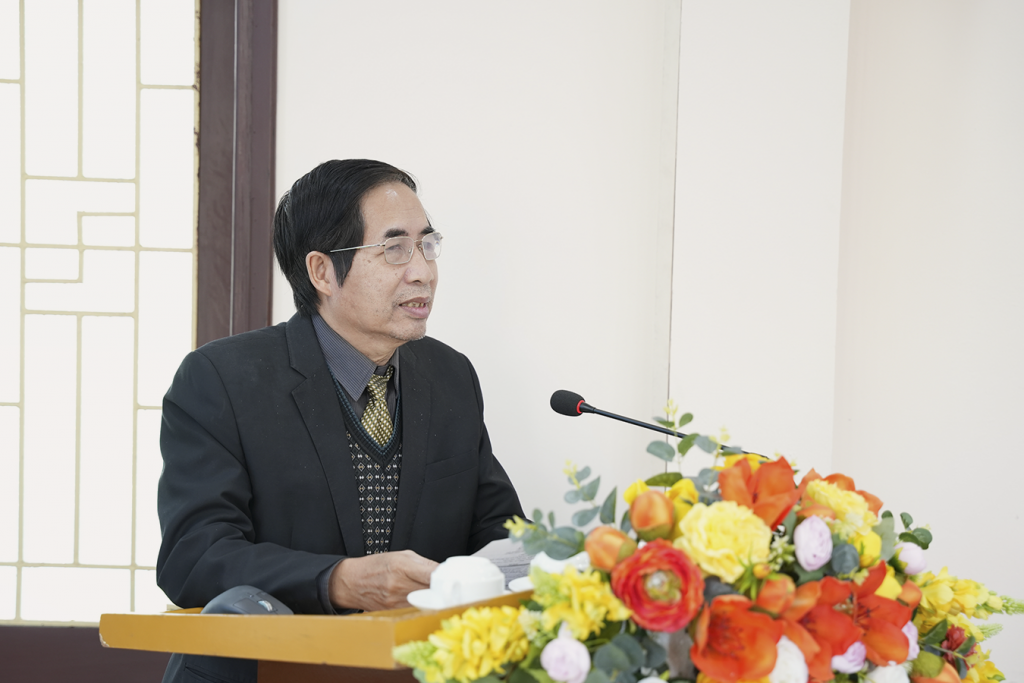
Associate Professor Dr. Luu Duc Hai – Director of the Institute of Urban Research and Infrastructure Development
On a different note, according to Mr. Le Hong Lan – Head of the Hanoi Funeral Services Department, there is currently no full and unified definition or concept for terms like “green cemetery” or “green burial” in Vietnam.
In the context of rapid urbanization, limited land resources, overloaded cemeteries, high costs, and various environmental issues, numerous challenges are being posed to traditional burial practices in Vietnam. “The green cemetery model and green burial methods have emerged as an inevitable solution to address the above problems, contributing to the creation of sustainable and environmentally friendly cities,” emphasized Mr. Le Hong Lan.
However, Mr. Le Hong Lan also noted that this is a relatively new issue. Therefore, both the legal, scientific, and practical aspects need to be analyzed and evaluated by both government agencies and research units to select “green” attributes that can be appropriately applied in the new context.

Architect Lê Thanh Lan – ACUD Vietnam Technology Construction Company
MSc. Engineer Bạch Ngọc Tùng and Architect Lê Thanh Lan – from ACUD Vietnam Construction Technology Company – proposed a cemetery planning model for Vietnamese cities towards sustainable development goals, specifically:
Ecological Park Cemetery Model: This model combines cemeteries with public green spaces. It integrates tree planting areas, water bodies, walking paths, and memorial spaces. This model helps reduce the land area needed, creates additional green urban spaces, is environmentally friendly, and reduces the risk of water and soil pollution.
Cremation Tower Model: High-rise towers are built to store cremation ashes, utilizing technology to optimize space and ensure strict management. This model contributes to significant land savings, is easy to manage and maintain, and is well-suited for large cities where land is limited.
Cremation Cemetery Model with Ash Storage: This model replaces traditional cemeteries, focusing on optimizing space, minimizing environmental impact, and creating a peaceful space.
Emphasizing the role of digital transformation and green transformation.
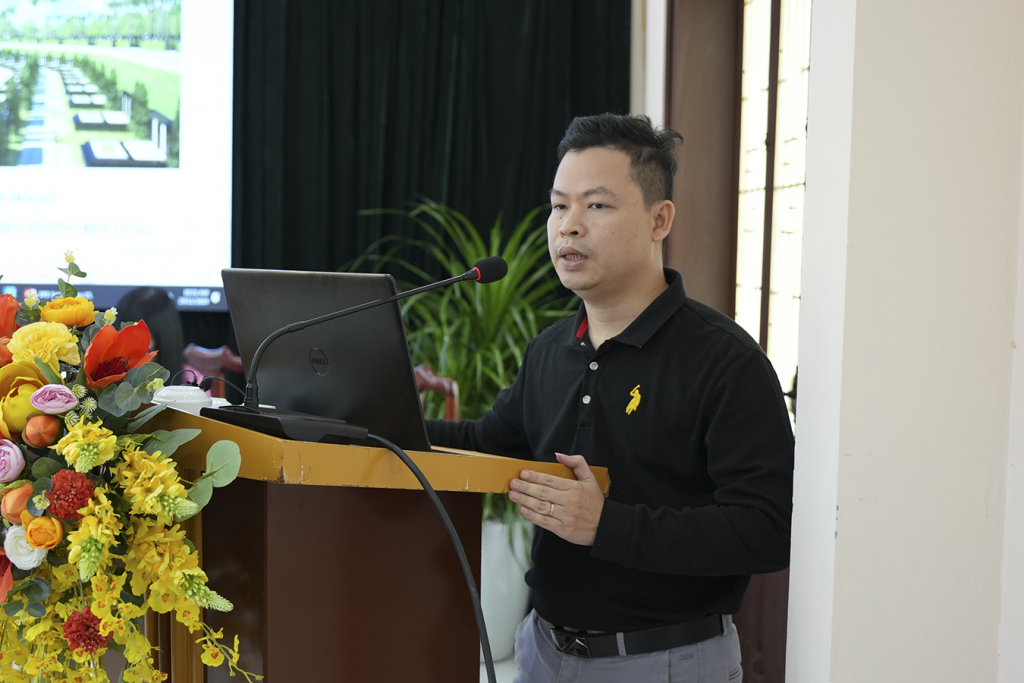
Mr. Hán Anh Vũ – S-Group Vietnam Corporation
Authors Hán Minh Cường and Hán Anh Vũ from S-Group Corporation proposed a model for applying GIS technology in digital transformation and the management of green cemeteries in Vietnam.
Accordingly, the specific applications of GIS in cemetery management in Vietnam include: digitizing existing cemeteries, especially those in major cities; providing detailed maps of each grave location along with information about the deceased; tracking land usage, available space, and optimal land usage duration.
For planning and constructing new cemeteries, GIS technology will assist planners in analyzing and selecting appropriate locations based on geological characteristics, distance from residential areas and infrastructure, and minimizing conflicts with nature reserves or agricultural land.
GIS also helps analyze and model environmental impacts caused by cemeteries. Additionally, it supports the development of online public services, allowing people to search for grave information through GIS maps. Online registration for services such as cremation, reburial, or grave maintenance is also made easier.
Furthermore, GIS helps manage cemetery land resources sustainably, preventing wastage or misuse. Data from GIS can assist in forecasting future land usage needs, optimizing costs and resources.


